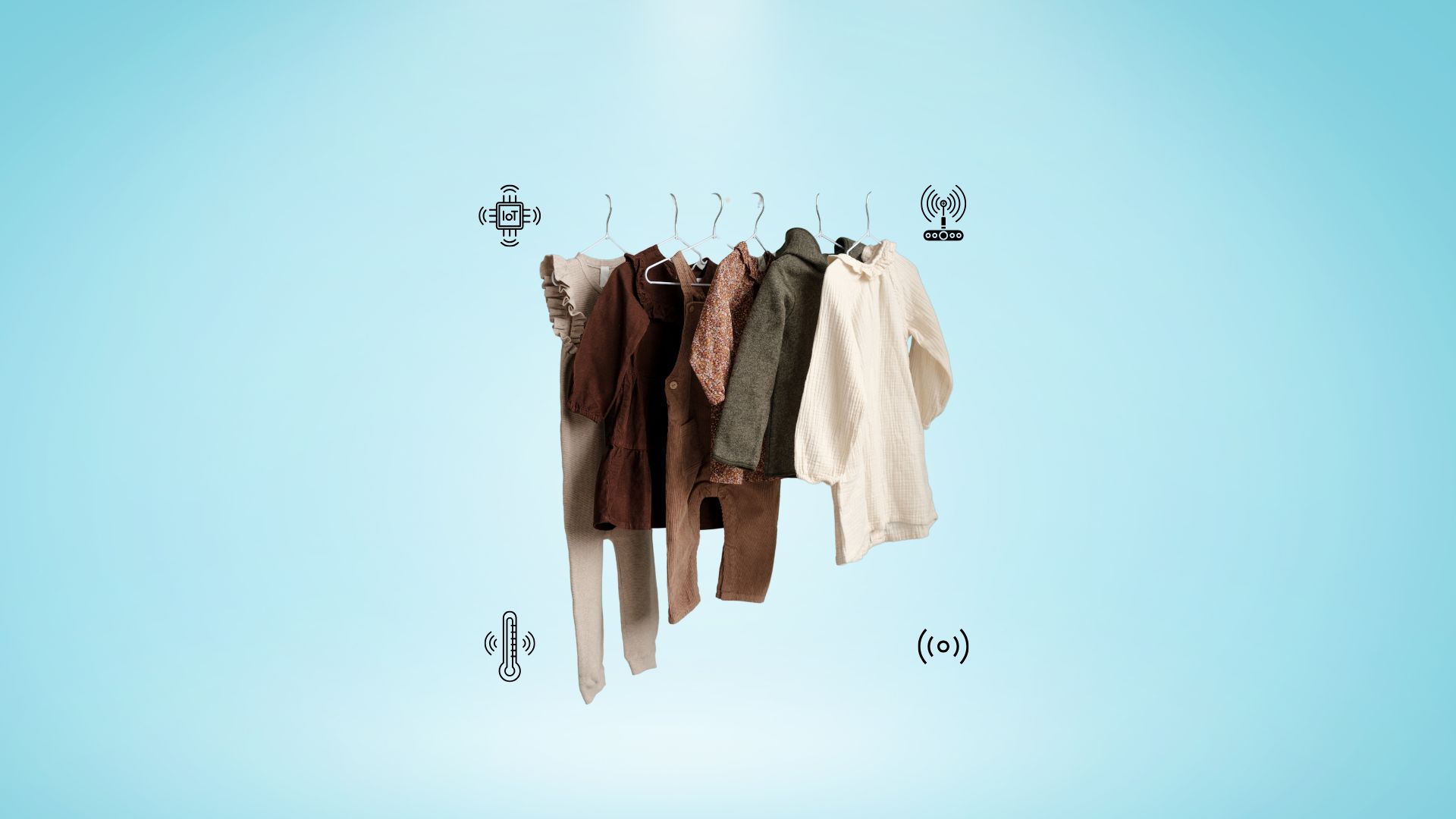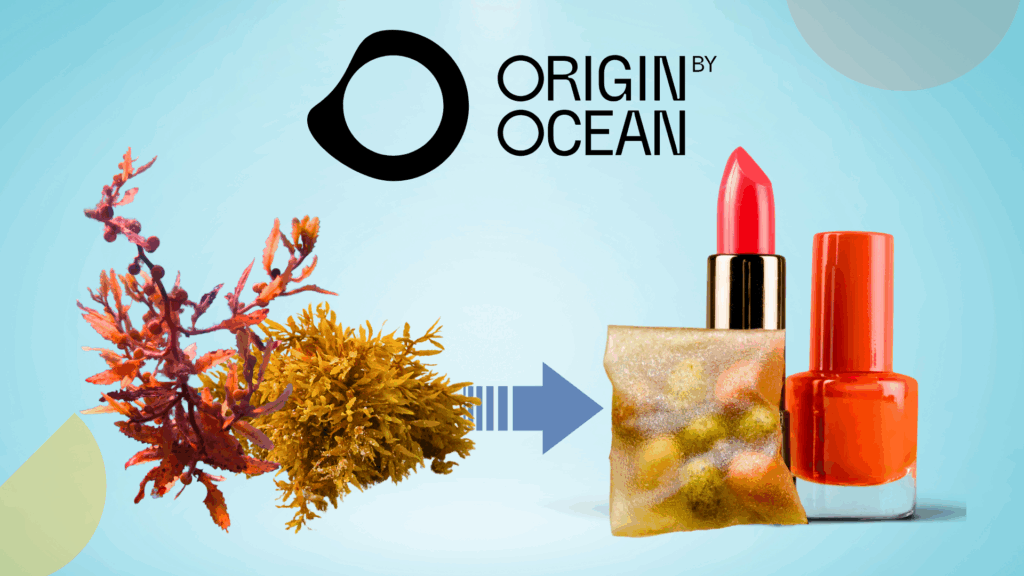“What’s happening in your stomach?” an email popped up as I opened my laptop. Mr. Bertalan Mesko had gotten his hands on Gastric Alimetry, a flagship wearable gastric diagnostic device by Alimetry. ‘Smart medical textiles, ’ I thought to myself.
The medical textile industry is growing exponentially. The key drivers of this growth are the increasing general awareness among consumers and the institutional consciousness toward health, hygiene, and point-of-care systems.
Alimetry is one example. Companies, startups, and even universities are working on various medical textile trends, such as sensor-integrated or smart medical textiles, antimicrobial medical textiles, and compostable medical textiles.
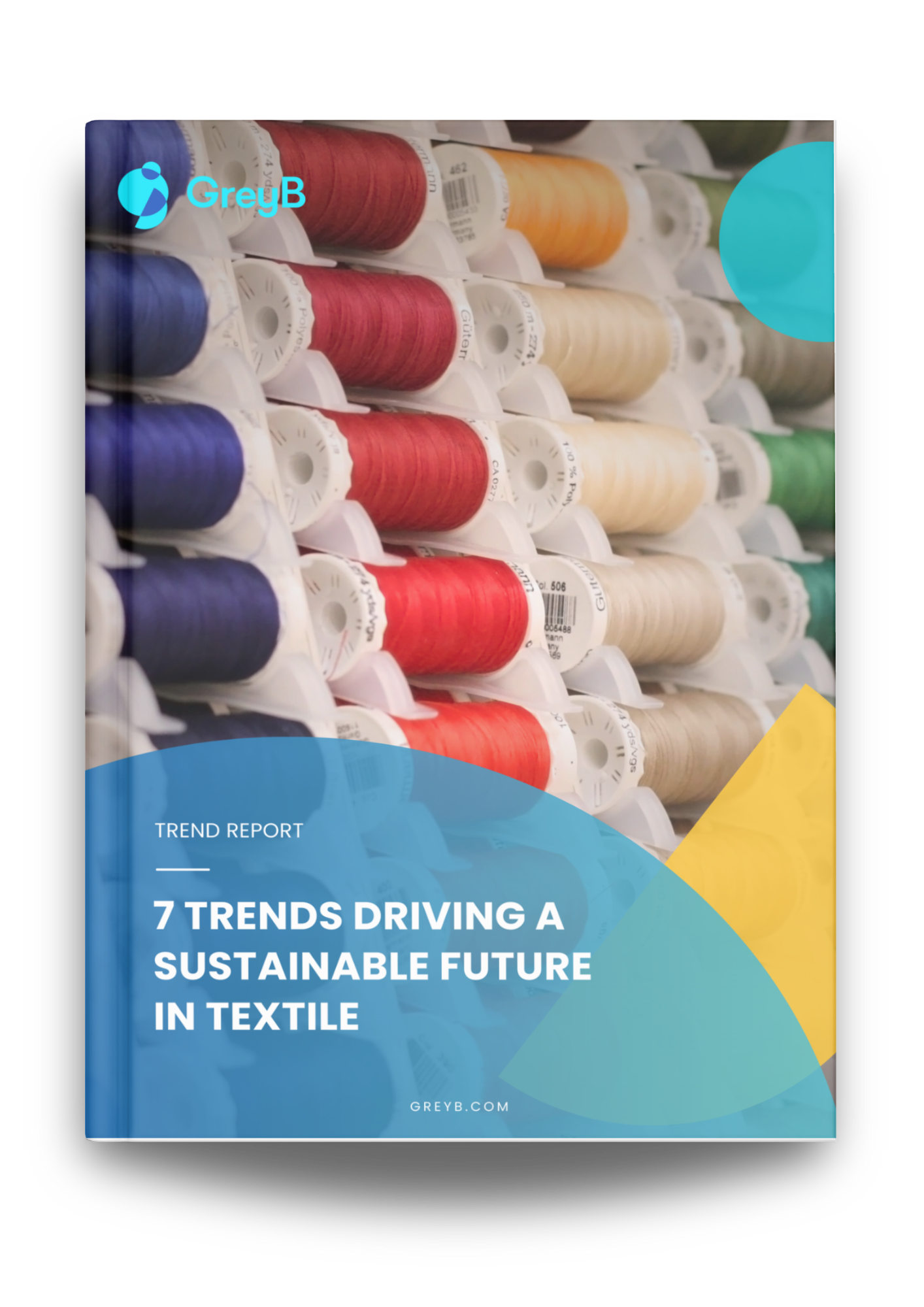
Now, let’s talk about sensor-integrated medical textiles.
Market Size
The market for smart fabrics in the health segment is expected to reach 1 billion USD by 2024.
Due to this enormous market size, IPC (the body responsible for printed circuit board standards) has started developing sensor-integrated textiles (E-textile) standards. These standards will likely be published in 2023.
Applications of Sensor-based Smart Medical Textiles
The general use of monitoring biological factors using sensor-integrated medical textiles is widely known. They can also combine parameters such as glucose levels, heartbeats, blood pressure, and oxygen to make health-related decisions. For example, wound healing bandages that apply healing solutions based on the type of wound they detect.
Basic sensors for such applications are temperature, respiration rate, kinematic analysis, humidity, pH, and pulse oximetry sensors. These sensors can be integrated into textiles that are in contact for longer periods (such as bedsheets, undergarments, shirts, etc.) to monitor patients’ biological parameters continuously.
A recent survey predicted that around one in ten people would connect their clothing to the internet. More entities enter this market.
This isn’t limited to the core textile companies but expands to technology giants, startups, and universities.
Who is Working on Sensor-based Smart Medical Textiles?
Non-core companies and technology giants like Apple and Samsung are interested in this domain.
Apple has patented a fabric-based button to control Apple devices, while Samsung’s Human Fit consists of little sensors integrated into workout attire, men’s suits, and even buttons to keep up with the growing demand for fitness-tracking accessories.
As for the textile industry, Sports & clothing companies like Adidas have worked on a smart insole for soccer players seeking to measure kicks, shot power, distance, and speed. A former executive at the sportswear designer Puma has started a startup named Nextiles, which has patented “smart fabric” as a new way to capture biometric data. Some of the other startups in the domain are Bloomertech and Eliatic. (More about them later)
In addition to these, universities (such as the National University of Singapore, Southern University of Science and Technology, FH Bielefeld, etc.) are also researching the domain.
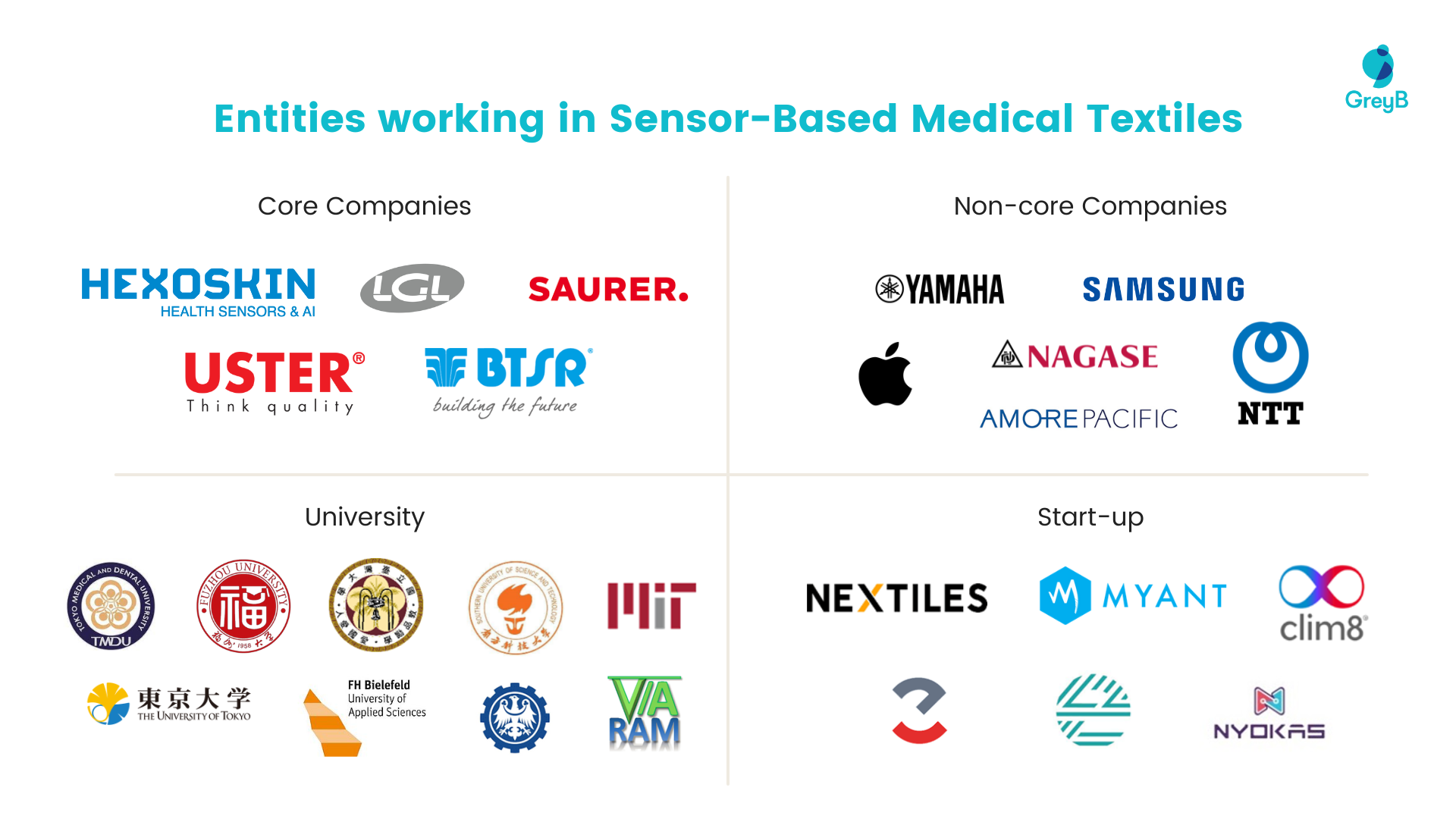
Recent Innovations in Sensor-based Medical Textiles
The entrance of these industry giants hints that while still in a niche, this trend will pick up the pace in the coming time. In response to this, sensor-integrated medical textiles have seen many innovations so far. Let’s look at some of the recent ones.
1. Immuno-sensing sensors integrated into bandages to detect infection
If you are in the medical domain, you might already know that chronic wounds are the 7th leading cause of death in the US, and they represent a cost of over $50 billion to the healthcare system.
Bandages are used to achieve the stable environment needed for tissue repair. However, conventional wound coverings are inefficient in monitoring wound temperature, pressure, and moisture levels. With Smart bandages, wound care will become more efficient and effective.
The National University of Singapore developed a smart wearable sensor, VeCare Technology. It can detect bacteria type and probe inflammatory factors, in addition to measuring the body’s acidity and temperature.
The bandage has a flexible immune sensor that enables rapid assessment of wound microenvironment, inflammation, and infection state by detecting multiple chronic wound-specific biomarkers from wound fluid using an electrochemical system and transmits the data wirelessly to an app.
The university collaborated with the Singapore General Hospital to clinically test VeCare on patients with chronic venous leg ulcers. The product successfully demonstrated the practical assessment of chronic wounds and the monitoring of wound healing progress with timely medical intervention.
The research team’s next step is to develop VeCare further to meet safety, regulatory, and mass production considerations.
Another example is Florida International University. It is developing a low-cost smart medical electronic textile (tex-Tronic) for wound healing assessment. The university has disclosed details of the technology in its patent, US11065164B1.
2. Sensors integrated into undergarments to detect cardiac arrest
More than 350,000 sudden cardiac arrests or abrupt loss of heart function in a person occur outside of the hospital each year in the United States.
Patients prone to heart conditions need to measure their resting heart rate. Additionally, temporal changes in heart rate can have valuable predictive capabilities (e.g., they can predict disease severity in patients with various medical conditions).
Even though wearable devices can measure these parameters, continuous monitoring is desired for early disease detection and prediction. Various companies have created gadgets that could be applied to chests or writs, but integration into textiles is still very niche.
One example of a sensor-integrated smart medical textile is Bloomertech, a Boston-based startup. Textile sensors in the garment record the wearer’s heart rhythm, among other biomarkers, and send the data to an app to be crunched by an algorithm to produce medical insights.
It has raised $3 million to develop a bra that it says physicians could prescribe to help signal potential cardiac arrest in women and prevent it. The company aims to market the product in 2022.
Medical Textile Trends
Significant collaborations in Sensor-based Smart Medical Textiles
Yamaha & Tokyo Medical Dental University:


Yamaha and the Tokyo Medical Dental University have collaborated to develop a sensor integrated into a belt. This smart medical textile will be capable of monitoring and detecting the movement of the surface of the living body and converting it into numerical data. The duo also filed a patent for the same in 2019.
Nagase Taiwan Ltd & National Taiwan University :


Nagase, a chemicals trading firm, and the National Taiwan University collaborated to develop a piezoelectric patch sensor. The device directly attaches to the skin and measures muscle contraction and extension. The patented invention will be useful for gesture sensing, athletic training, gaming, and health care.
Nippon Telegraph Telephone Corporation & University of Tokyo
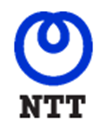

Nippon Telegraph and Telephone, Japan’s leading telecommunications company, collaborated with the University of Tokyo to develop a wearable biological sensor integrated into the garment. The patented device measures and records information about physical activity during sports, daily routines, or rehabilitation.
AmorePacific Corporation & Massachusetts Institute of Technology:


The South Korean beauty and cosmetics chaebol Amore Pacific collaborated with MIT to develop the world’s first intelligent tactile sensor. The skin sensor device can accurately monitor a wearer’s health through skin sensation. It can monitor the vitals for an extended period while being non-invasively worn on the user’s skin (Patent No. KR2022152170A)
While examining the research and innovation in Smart Medical Textiles, we noticed two trends. As we discussed above, one is the entrance of companies from other industries like telecommunications, chemicals, electronics, and automotive. The other is the rise of research and development on sensor-integrated medical textiles in Japan. Does this mean Japan can become a good market for smart medical textiles?
Let’s see.
Can Japan be a Good Market for Smart Medical Textiles?
The Asia Pacific region accounted for 27.08 percent of the medical textile industry’s revenue in 2018. The rise in healthcare infrastructure in the Asia Pacific has increased demand for healthcare products.
Our patent analysis shows that much research is happening in Japan regarding medical textiles. Some major Japanese companies that are researching this direction are Teijin Group, Taiko Corporation, and Nihon Kohden.

According to the 2021 Fuji Chimera Research Institute’s report on “IOMT: Internet of Medical Things: The New Outlook,” Japan’s health tech segment will grow to USD 2 billion by 2025.
Japan expects more than one-third of its population to be at least 65 by 2055. This indicates that technology that can grasp a patient’s condition via biometric information will rise rapidly.
How are American Companies Leveraging this Opportunity?
Japan’s ratio of using digital technology for health management is 37% (very low compared to the global average of 60%), and wearable technology is still limited to 9%.
However, the country is expected to shift increasingly towards digital health technology in the medical and nursing fields. While the country is seeking ways to lower costs by increasing R&D investment, the Japanese Government is also improving regulations for digital health goods and services. This provides U.S. exporters of wearable devices in disease prevention and elderly/infant monitoring services opportunities to exploit this growing market.
Interestingly, Japanese consumers have become more inclined to buy the latest cutting-edge goods from U.S. digital health companies. Considering these positive factors, U.S. exporters of digital healthcare goods and services are well-positioned to take advantage of this actively growing market.
Conclusion
With everything that happened in the past three years, the healthcare industry has witnessed immense growth. The medical textile industry plays a critical role in the delivery of healthcare. Continued growth and development will be essential for meeting the needs of patients around the world. The popularity of wearable and health tech is increasing worldwide. Smart medical textiles are still in their nascent stage. It’ll be interesting to see companies collaborate to develop novel technologies.
In the next series of medical textile trends, we’ve covered the developments in antimicrobial medical textiles.
How Can We Help You?
We support industry-leading R&D and Innovation professionals through complex problems. Describe your challenge, and let us bring clarity and expertise.
Authored By: Ambuj, Navjit, and Sushant, Patent Intelligence
Edited By: Nidhi, Marketing

